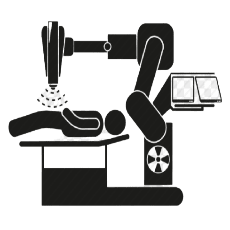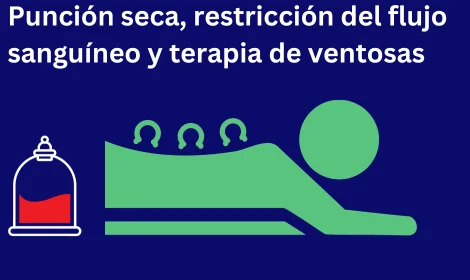Find The Best Doctor Near You
Discover top-notch healthcare professionals at your fingertips. Connecting you with trusted doctors for a healthier tomorrow.

Buscar médicos por problema de salud








Buscando por mas
Hacer una pregunta
Leer artículo sobre salud
Reservar prueba Médica
Nuestros Expertos

Dr William
General PhysicianSoy el Dr. William E Lawson, un médico general y especialista en medicina familiar dedicado con amplia experiencia en atención preventiva, manejo de enfermedades crónicas y promoción de la salud. Aporta un enfoque de la atención sanitaria centrado en el paciente.

Dr William
General PhysicianSoy el Dr. William E Lawson, un médico general y especialista en medicina familiar dedicado con amplia experiencia en atención preventiva, manejo de enfermedades crónicas y promoción de la salud. Aporta un enfoque de la atención sanitaria centrado en el paciente.
- Mejor Ginecólogo en San Juan
- Mejor Gastroenterólogo en San Juan
- Mejor Cirujano Ortopédico en San Juan
- Mejor Neurólogo en San Juan
- Best Cardiologist in San Juan
- Mejor Ginecólogo en San Juan
- Mejor Gastroenterólogo en San Juan
- Mejor Cirujano Ortopédico en San Juan
- Mejor Neurólogo en San Juan
- Best Cardiologist in San Juan
- Mejor Ginecólogo en San Juan
- Mejor Gastroenterólogo en San Juan
- Mejor Cirujano Ortopédico en San Juan
- Mejor Neurólogo en San Juan
- Best Cardiologist in San Juan
